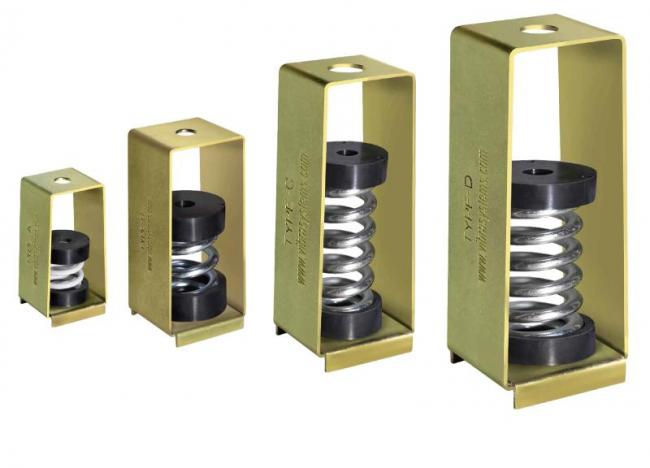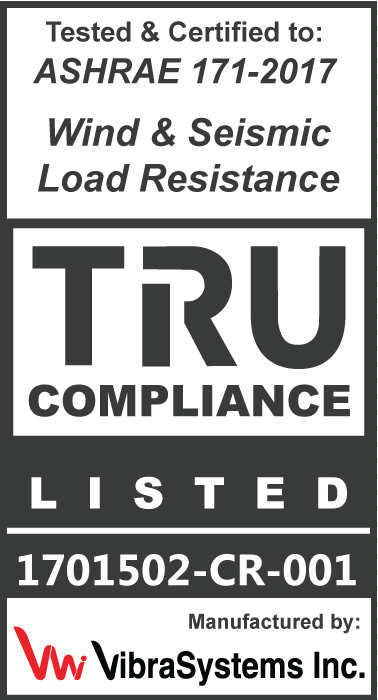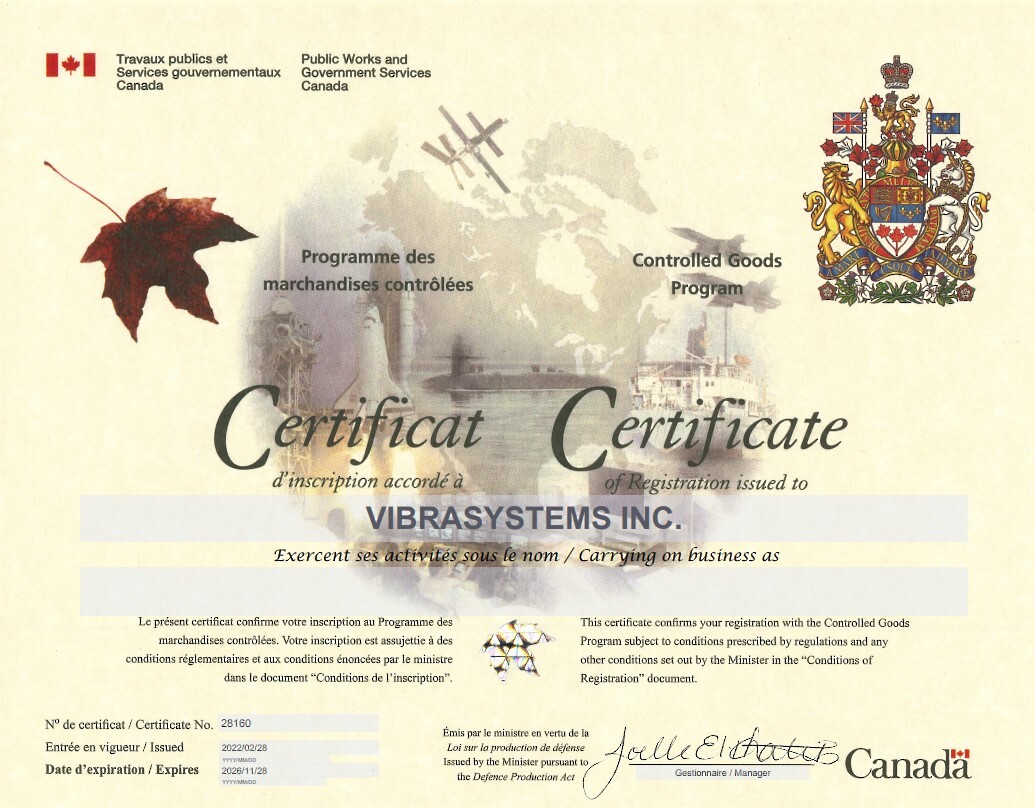How to Choose Spring Hanger Vibration Isolator

Spring hangers and spring mounts are one of the most-sought after anti-vibration products to restrict vibrations in suspended structures, pipes, ducts, rotary machinery, and vertical systems that support a heavy load.
But before you choose the right spring hanger for your business application, you must know some of the common terminologies that determine the characteristics of spring.
Tension:
when spring in rest or neutral position is stretched through the application of external force, then the spring is said to be in tension. The tensile stress of a spring is determined by the tensile force applied per unit area of the spring. A spring hanger that is subjected to heavy load should ideally be resistant to high tensile stress.
Compression:
when a spring is compressed from its free form through external force, then the spring is said to be in compression. The compressive stress of spring is calculated by compressive force applied per unit area of spring (lbs/in²). One must calculate the compressive stress of a spring hanger or spring mount to determine if it is apt for their specific application.
Shear:
when spring is subjected to equal and opposite forces, but not on the same axis, these forces can shear the spring into two. Shear stress is calculated by the shear force applied to the unit area of the spring (lbs/in²). When spring is in a state of stress, it experiences tension, compression, and shear at the same time.
Spring Constant:
the tension or compression of the helical spring is directly proportional to the force applied to the spring. The ratio of proportionality of force applied with the displacement of spring is known as the spring constant. Units lbs/in.
F=Kx
Where F= External force on spring.
x= Displacement of spring (Compression or tension)
K= Spring Constant.
In a helical spring, the spring constant remains the same until the force is within the elastic limit of the spring.
Force Deflection of Spring:
this is defined by the shape of the force-displacement curve, which is generally a straight line as the spring constant remains unchanged within the elastic limit of spring. If the spring constant increases with displacement, it is referred to as hard spring and when the spring constant decreases with deflection, it is called soft spring.
Energy Storage:
the area under the force-displacement curve is a measure of energy stored in spring during tension, compression or shear.
Preload:
if a spring is not in its natural length during rest or neutral position, then the spring is said to be in compression or tension. The amount of tension or compression in the rest position is called the preload of a spring.
Elastic Modulus and Shear Modulus:
if the force applied to the spring is greater than its elastic limit, then it can cause permanent deformation of the spring. The ratio of force exerted on spring to the amount of deformation of spring is called elastic modulus. On the other hand, the shear modulus is the ratio of shear stress and shear strain.
Confused between the variety of spring hangers and mounts in the market? Contact Vibrasystems to help you make the right choice for your business.





